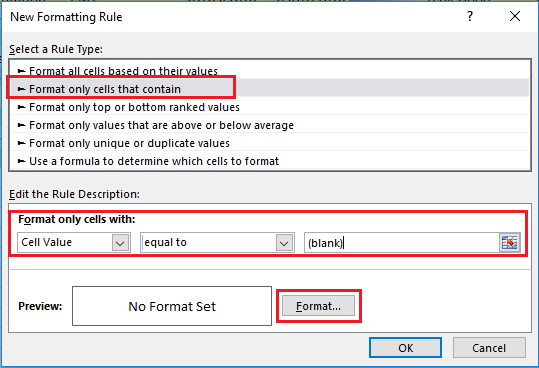

We can use a combination of the COUNTA, COUNTIF, and SUMPRODUCT functions to get the desired results. Suppose we wish to count cells that are not equal to a range of certain things. We get 8 as the result, as the COUNTA function will not count cells that are absolutely empty cells. To count the cells with data, we will use the formula =COUNTA(B4:B16). Suppose we wish to count the number of cells that contain data in a given set, as shown below: If we enter the formula =COUNTA(B5:B10), we will get the result 6, as shown below: The COUNTA function can be used for an array. So unlike the COUNT function, which considers only numbers, COUNTA considers numbers, dates, text values, logical values, and errors. To understand the uses of the COUNTA function, let’s consider a few examples: Example 1 – Excel Countif not blankĪs seen above, the COUNTA function will count text or formula errors.

In such a scenario, the function can be useful. Apart from crunching numbers, we often need to count cells with values. The COUNTA function is also commonly referred to as the Excel COUNTIF Not Blank formula.Īs a financial analyst, the COUNTA function is useful if we wish to keep a count of cells in a given range. It will calculate the number of cells that are not blank within a given set of values.

The COUNTA Function is categorized under Excel Statistical functions. Updated OctoWhat is COUNTA (Excel Countif Not Blank)?


 0 kommentar(er)
0 kommentar(er)
